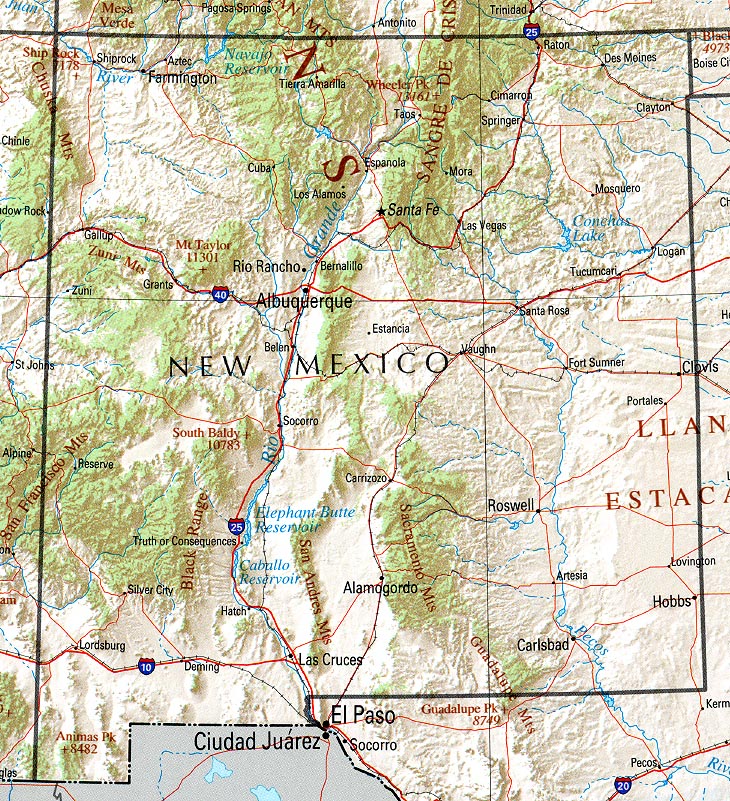Bandlier
Bandelier National Monument & Tsankawi Ruins are on the Pajarito Plateau of the Jemez Mountains. The Bandelier pueblo structures were occupied between two eras, dating between 1150 and 1600 AD. A Cochiti pueblo man, Jose Montoya brought Adolph Bandelierto visit the area in 1880. He was the first European to see the ruins. The ancient pueblos that he saw in Frijoles Canyon had been occupied by the Cochiti people (Keres speakers) before they had moved their pueblo closer to the Rio Grande River where it is today.
One site of archaeological interest in the canyon is Tyuonyi (Que-weh-nee) pueblo which was occupied from 1383 and 1466 A.D. and nearby building sites such as Long House. Tyuonyi is a D-shaped pueblo site that once stood one to three stories tall. Long House is adjacent to Tyounyi, built along and supported by the walls of the canyon. You can still see holes in the wall of the canyon where vigas were placed to support some of the rooms.
A reconstructed Talus House is also found along the Main Loop Trail. There are many other sites and shrines in the monument above the canyon as well that can be reached by upper trails.
Tsankawi
A detached portion of the monument, called the Tsankawi unit, is located near the town of White Rock . It can be reached from Espanola on NMHwy-30 then on NMHwy-4. It has some excavated sites, well used trails and petroglyphs. The trails are especially impressive where the inhabitants made deep grooves into the soft rocks where they walked. Dwellings can be entered in some of the small caves carved into the Bandelier tuff. Smoke and some paint can still be seen inside many of them. Unlike the puebloans that lived in Tyuonyi, this section of dwellings was a pueblo of the San Ildefonso people (Tewa speakers). They also moved closer to the Rio Grande River where they live today.
Gallery
Bandlier
Tsankawi
